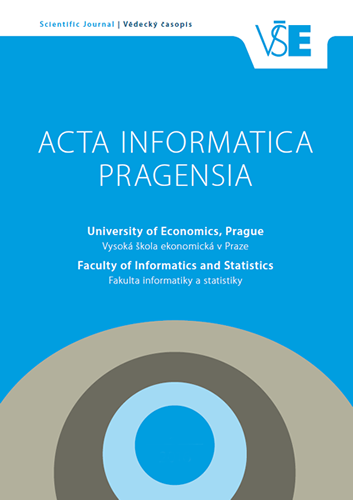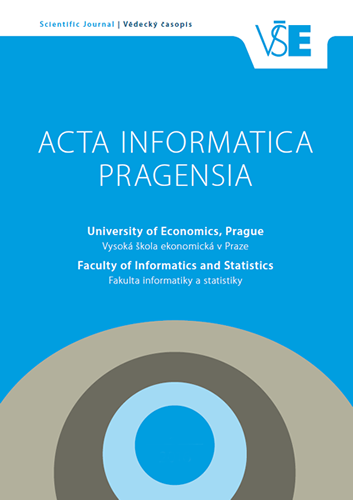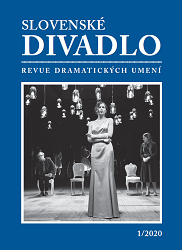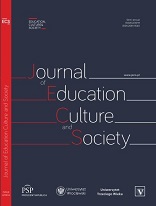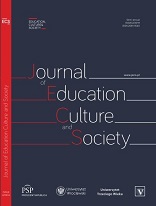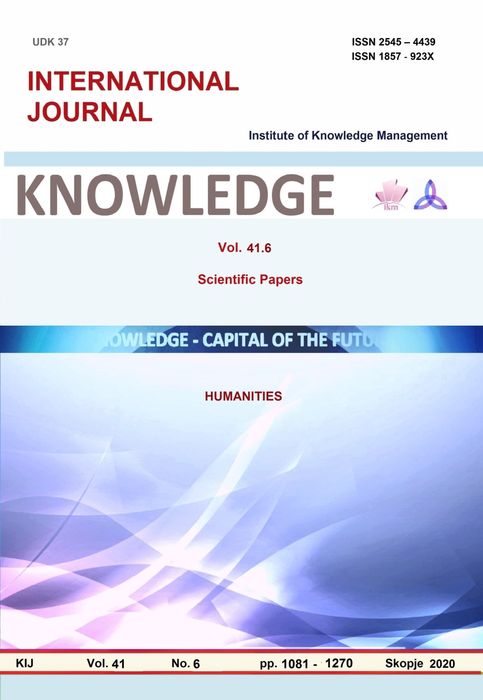Author(s): Krasimira Fileva-Ruseva / Language(s): English
Issue: 6/2020
The education of erudite and creative thinking young people is one of the tasks of the disciplines of the aesthetic cycle, among which is the discipline Music. Musical activities perception, performance and composition of music provide rich opportunities for provoking children's imagination, forming a creative attitude and need for creation, and building a musical culture in future users of art. In order to realize these opportunities, all the three main musical activities, appropriately distributed in the particular lessons, must be present in the music courses in the general education school. This means that tasks to include these activities in the lessons must be provided in music textbooks. In the printed editions of the textbooks of Mincheva et al. (Mincheva et al. 2018a, Mincheva et al. 2018b) is provided a balanced realization of all three musical activities, and each textbook contains the basic information that students must learn, illustrated in an appropriate way, ideas for applying the musical activities, questions, tasks, illustrations on the topic of the lesson. Separately, in an electronic carrier, the musical examples for each lesson have been provided.
The electronic textbook on music is a modern and useful, and given the new conditions and imposed by the circumstances online training and a necessary version of the textbook, which includes:
The entire educational content of the printed edition of the textbook;
The works for listening and songs for performing assigned to each lesson, placed on the page on which they are to be used;
Additional questions, tasks, suggestions for student projects, schemes, photo galleries, videos. All these additional electronic resources (also featured on the relevant page) are designed to better mastering the learning information, a deeper insight into the character of the sounding music, developing musical abilities, intelligence, creativity, emotional responsiveness of students.
In the present study are analyzed the tasks from the electronic textbooks on music for 3rd and 7th grade of the author team led by Prof. Penka Mincheva (Mincheva et al. 2018a, Mincheva et al. 2018b), which relate to opera, operetta, ballet, musical and rock opera. The analyzes are made in order to prove the effectiveness of a set of methods for teaching the musical stage arts in terms of:
a) Mastering the educational information, which (since the subject music is part of the disciplines of the aesthetic cycle) is part of the general culture of young people;
b) Encouraging the imagination and creative thinking of students.
Among the tasks assigned to students are:
After listening to the musical characteristics of Odette and Prince Siegfried the main characters of the ballet "Swan Lake", third graders are asked to describe how they imagine Prince Siegfried and the evil magician Rothbart, how they look, what they are wearing and what music in nature should sound when each of the two characters appears. A similar task is to compare Odette and Odile, who are very similar in appearance, but there is a small difference between them. Here, third graders are required to try to imagine what could be the difference that helps to distinguish positive from negative female character. Children are offered to recall the "musical portrait" of Odette and to assess whether the music changes at the moment when the daughter of Rotbart Odile, appears before the Prince instead of Odette.
A task addressed to 7th graders is to describe how they imagine the stage costume of the main character in Andrew Lloyd Webber's musical "Cats", whether and how she will dance while performing her famous song "Memory", how the stage will be decorated and what lighting is appropriate at this time of the musical. In another electronic resource, seventh graders are asked to compare images from productions of "Cats" and the rock opera "Jesus Christ Superstar", indicating whether they find certain characteristic differences in the stage clothing of the characters from the productions of the two works, ie. to find one of the signs by which the two musical stage genres differ from each other.
More...


